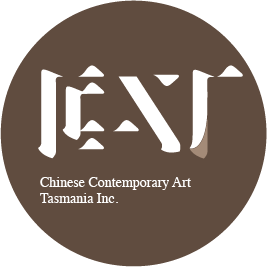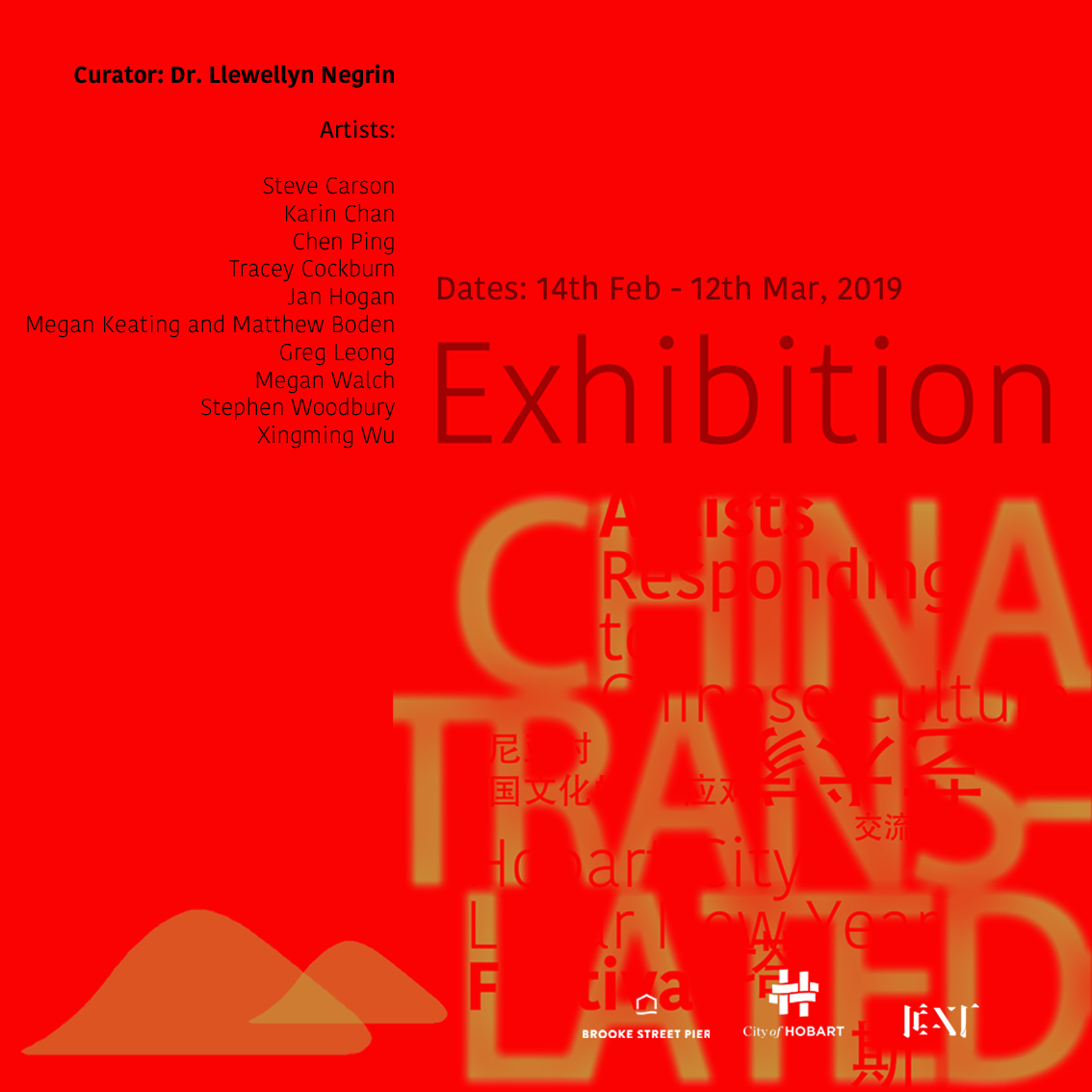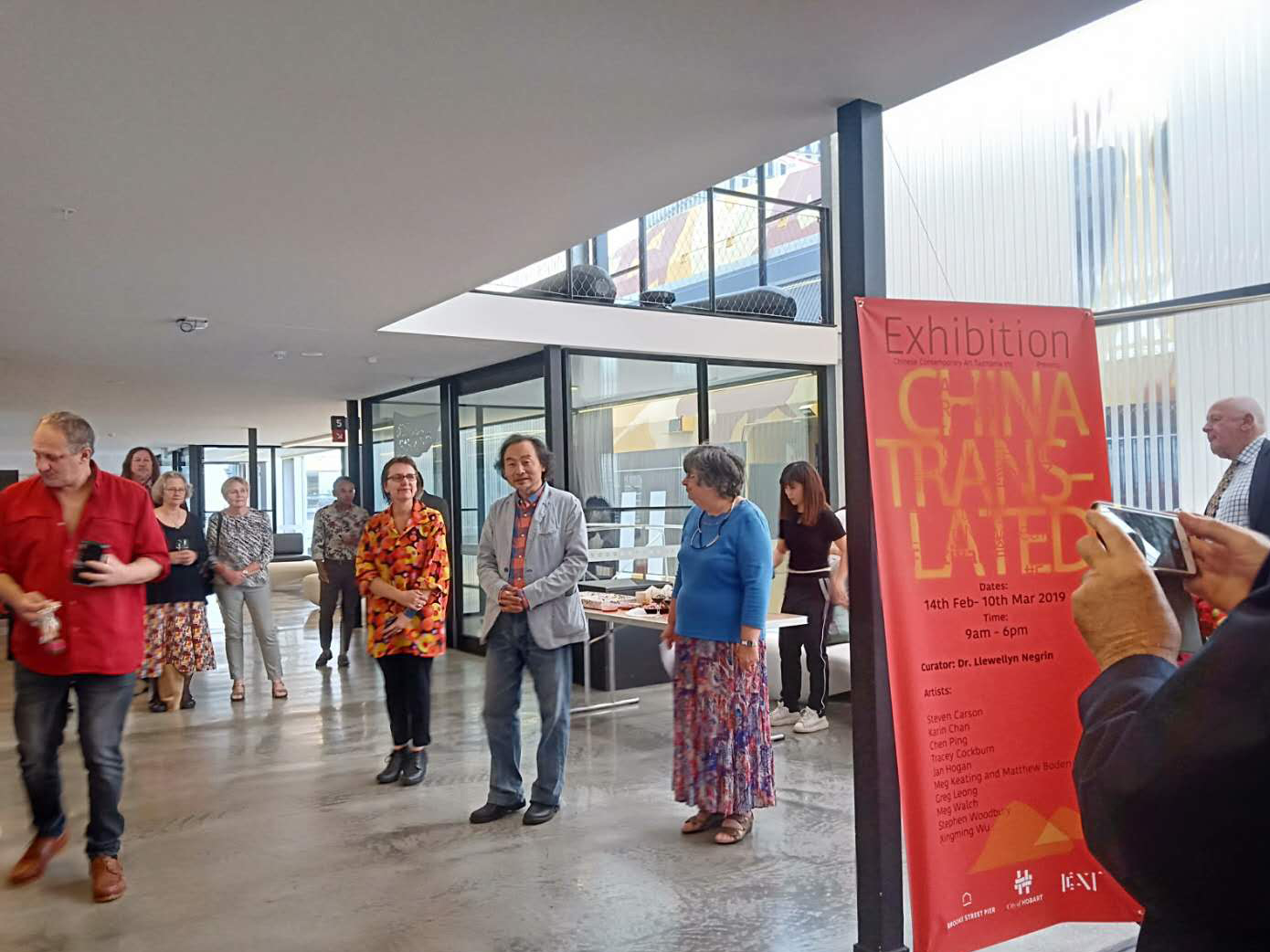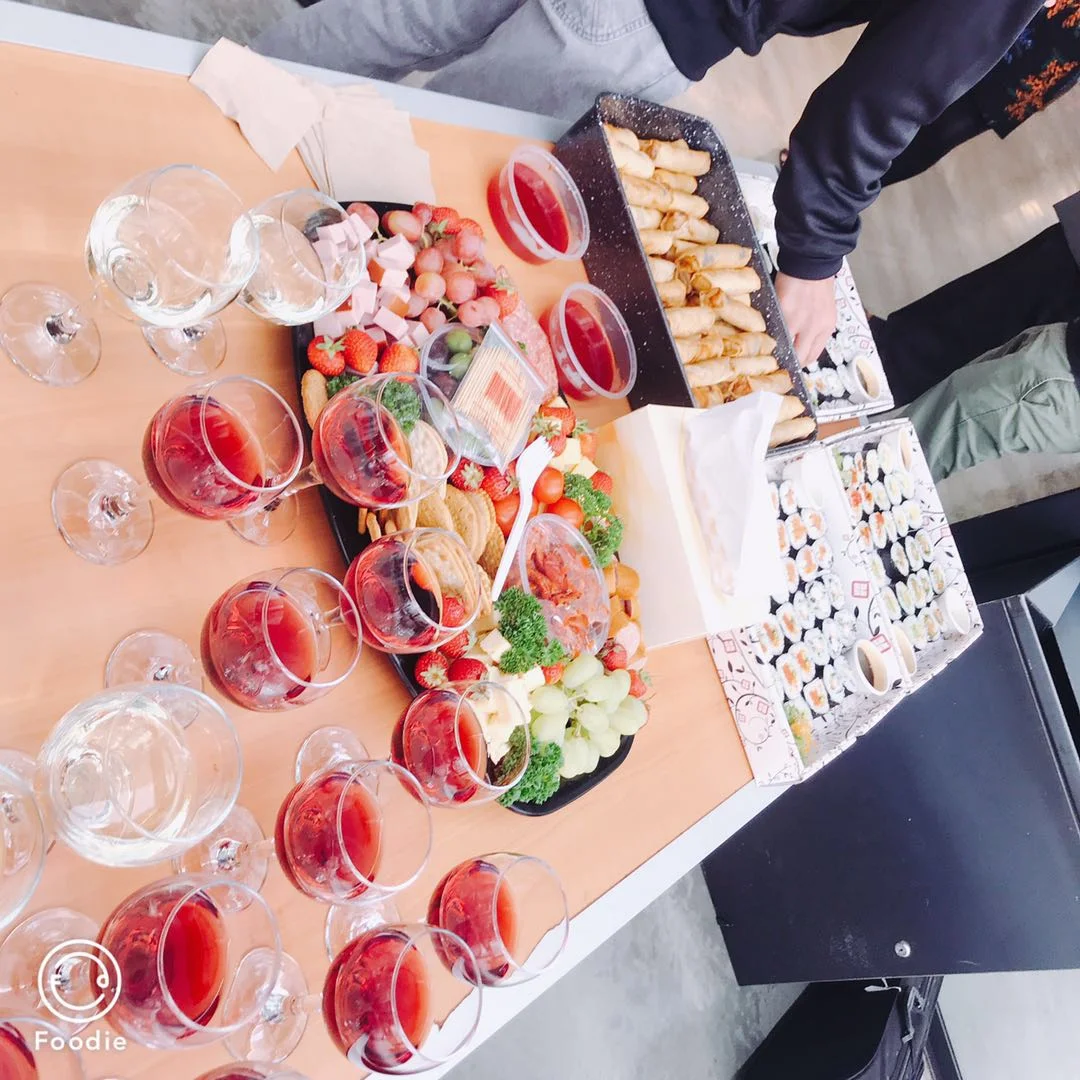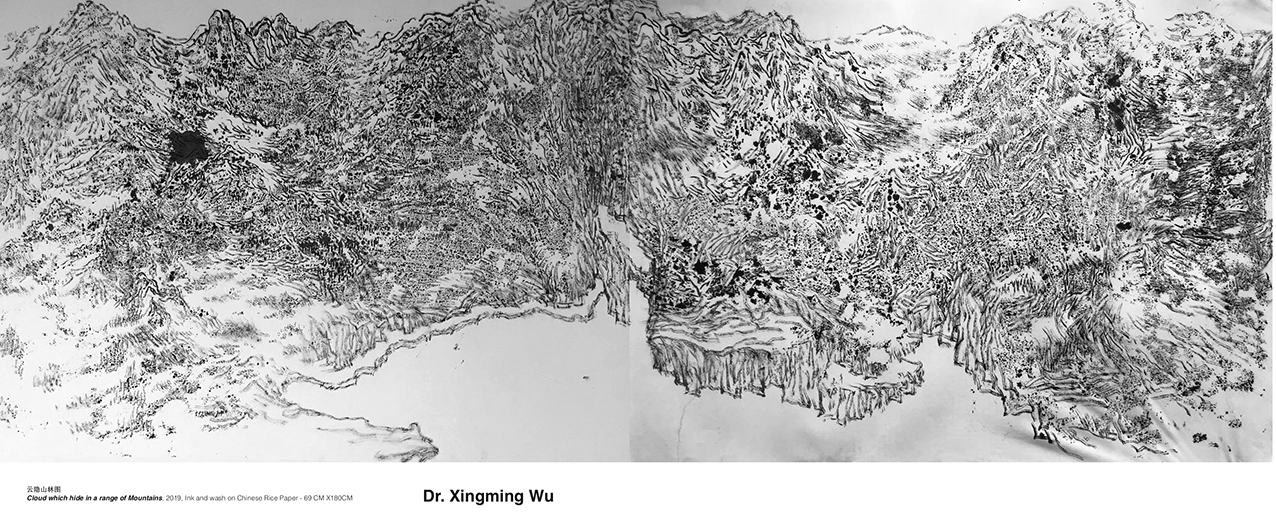Exhibitions
2019
◉ Exhibition of the “China Translated “is opening!
CHINA TRANSLATED
Curator: Dr. Llewellyn Negrin
There has been a longstanding fascination with Chinese culture in the West. This reached a crescendo during the seventeenth and eighteenth centuries when large numbers of artefacts from China including porcelain, textiles, wallpapers and furniture began to be imported into Europe. While very few Europeans up until this time had experienced China first hand, ever since the publication of The Travels of Marco Polo in the early fourteenth century, there had developed an abiding conception in the European imagination of China (or Cathay as it was then known) as an exotic, remote country fabled for its dazzling riches that was swathed in mystery.
This fascination with all things Chinese spurred many European designers and craftsmen in the seventeenth and eighteenth centuries to emulate the designs found on the imported Chinese artefacts, giving rise to a style that came to be known as chinoiserie. However, while Europeans were intrigued by the alien beauty of Chinese-styled artefacts, at the same time, this infatuation largely reproduced rather than challenged stereotypical views of China as an exotic and strange land. With chinoiserie, the enigmatic otherness of Chinese culture was perpetuated while also being made more palatable for European consumers.
Western artists encountering Chinese culture today, do so under very different circumstances than their seventeenth and eighteenth century counterparts. Less a country shrouded in mystery, Westerners now have a greater understanding of China’s long and varied cultural traditions and systems of belief. This exhibition focuses on the work of a number of Tasmanian artists who have engaged with aspects of Chinese culture, and who, through such an encounter, have created works productive of new insights into their own culture as well as into contemporary issues more broadly.
Some of these artists have revisited seventeenth and eighteenth chinoiserie, referencing ceramic, textile and wallpaper patterns from this tradition to reflect on the nature of cultural transmission and displacement more generally. Others have drawn on Chinese traditions of calligraphy and paper cutting, transposing these into a new context to address issues of contemporary relevance such as our relationship with nature, war, the dangers of mass data surveillance and consumerism.
Also included in this dialogue between Tasmanian artists and Chinese culture is the work of artists of Chinese origin now living in Tasmania. While approaching Chinese culture from a different perspective than their non-Chinese counterparts, they are equally involved in the process of re-interpreting Chinese culture in the different context in which they find themselves. Borrowing motifs and craft techniques derived from Chinese culture, they employ these as avenues to negotiate a new relationship with their adopted culture.
In all cases then, the artists are involved in a process of translation whereby aspects of Chinese culture are given a new voice in a situation very different from their original context. As this exhibition makes clear, ‘translation’ is never about capturing the ‘original’ or ‘authentic’ meaning of another culture but always inevitably involves a transformation of meaning in the new context. The issue is how can such processes be productive of new insights rather than reproducing traditional stereotypes and preconceived assumptions.
Works of part artists
Megan Walch, Jan Hogan
